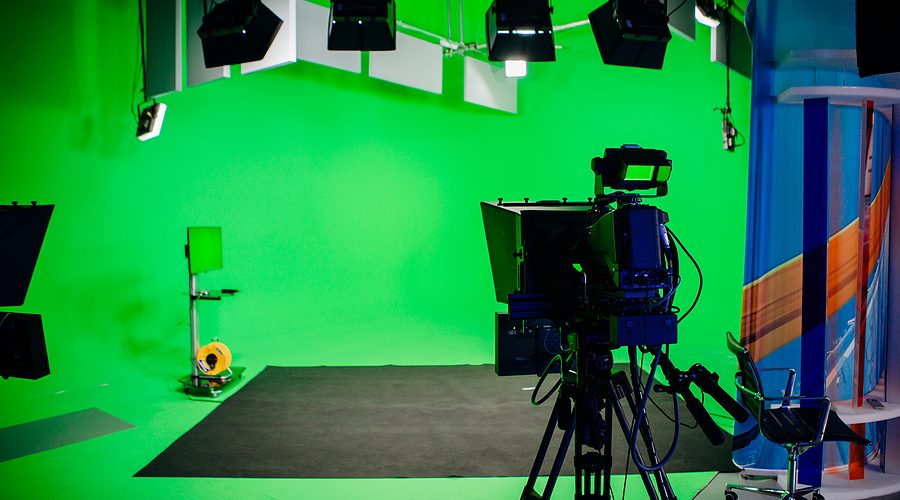The results into a study available in ALT’s Research in Learning Technology carried out by Nai Li & David Lefevre from Imperial College London, make for interesting reading. The full title of the study is ‘ Holographic teaching presence: participant experiences of interactive synchronous seminars delivered via holographic videoconferencing’ and its purpose was to identify potential advantages of using holographic videoconferencing to deliver seminars within higher education as compared to the use of alternative non-holographic videoconferencing. The results are generally quite positive, but as the authors explain, this may in part be due to the novelty factor. It’s clear there is plenty of room for further research in this area. You can access the complete study here.
You may also like
European University Association Annual Conference, Istanbul, Turkey, 16-17 April 2026
The European University Association (EUA) has announces plans for its 2026 Annual Conference, scheduled to take place on 16–17 April 2026 at Yeditepe University in Istanbul, Türkey. This year’s conference will...
2 days ago
1 min read
Europe Universities Summit 2026, 5-7 May, Milan, Italy
The Times Higher Education (THE) Europe Universities Summit 2026 will take place 5–7 May 2026 in Milan, Italy, bringing together leaders, innovators and changemakers from universities, policy and industry to discuss how...
2 days ago
1 min read
Centers for Teaching and Learning: how to make them successful?
by Charlotte Meijer, Vrije Universiteit Amsterdam, the Netherlands Academic teaching staff can go to Centers for Teaching and Learning (CTLs) for advice, support and/or training on education. They also act as a link...
2 days ago
6 min read














